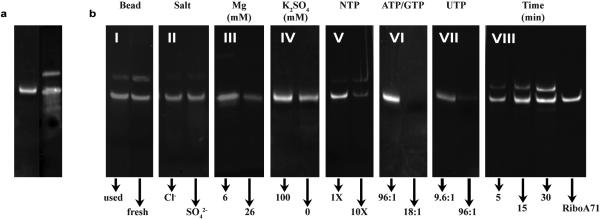Extended Data Figure 3. Optimization of experimental conditions for PLOR synthesis.
a, The products of the PLOR (left) and the standard transcription methods (right). PLOR generates a pure full-length product with the desired labeling in the final step. b, Comparison of PLOR efficiency for Lp2-CN synthesis under various conditions: (I) freshness of DNA-attached beads, (II) anion specificity, (III) [Mg2+], (IV) K2SO4 presence in the initiation, (V) increasing NTPs (1X represents NTP amounts in Extended Data Table 1), (VI) ratio of ATP/GTP:DNA, (VII) ratio of UTP:DNA, and (VIII) incubation time of the termination. The right lane contains pure RiboA71 as a control.

